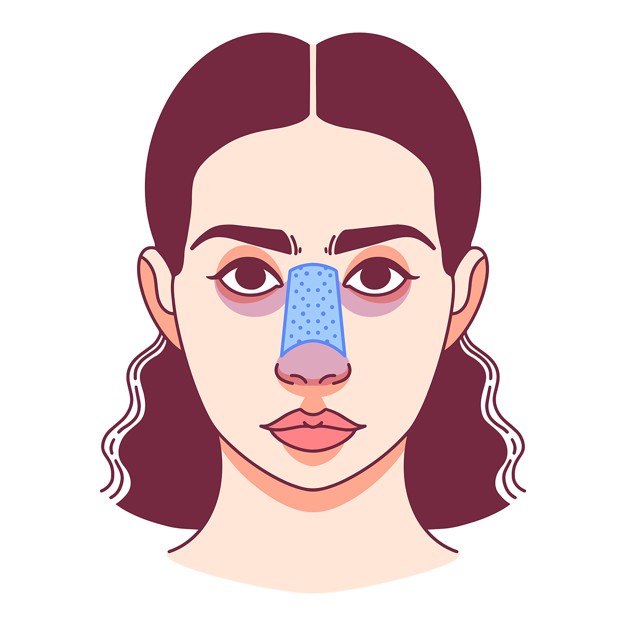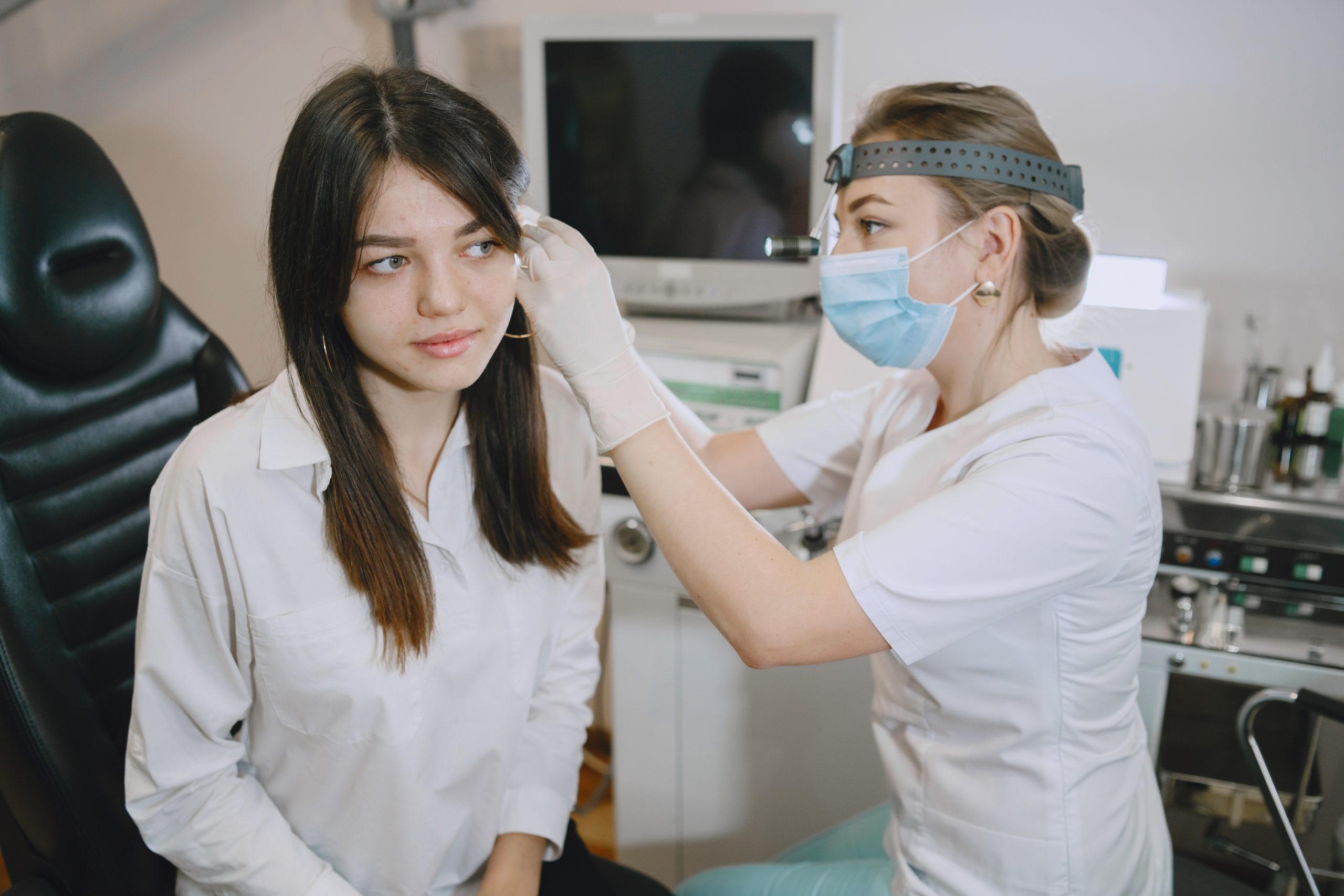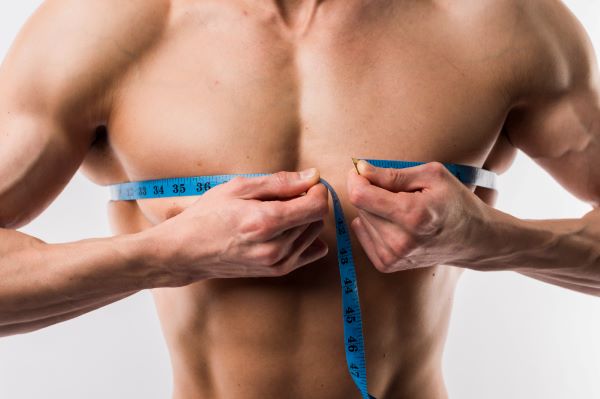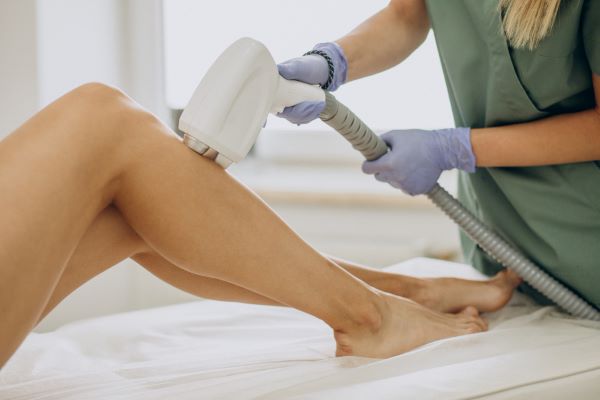
Types of nose job
Nose jobs are one of the most sought after cosmetic enhancements which can improve the overall appearance and proportion of your nose. Not only does it enhance one’s self-confidence, but it also cures many problems. So while we are at the subject, it is impertinent to talk about the various Types of Nose Jobs:
Cosmetic nose surgery may also improve breathing problems. It has often been used as a means to rectify congenital abnormalities caused by trauma or a birth defect. The surgery can change the overall size, nostrils’ structure, gap and shape of the nose in entirety. The angle between the nose and upper lip can also be enhanced.
Before getting ready for surgery:
- A medical evaluation is a must requirement.
- The beneficiary must first take photos of his nose to help the machine to demonstrate postoperative results
- It might also be required to be taking certain medications and precautions.
- Aspirin and other anti-inflammatory drugs should be avoided.
Types of Nose Jobs
1. Rhinoplasty
- It means the restructuring of the bone and cartilage.
- Sometimes the surgeon insists on making an incision inside the nose, or work from the outside by making a small incision across the tissue that separates the nostrils.
The two main types of rhinoplasty:
1. Open
- In Open Rhinoplasty, major nose reshaping is done.
- Incisions are made in the vertical strip of skin between the nostrils.
2. Closed
- In Closed Rhinoplasty minor nose reshaping is done.
- Incisions are essentially made within the nose. The skin of the nose is then separated from the bone and cartilage.
- Afterwards, removal, reshaping is done and cartilage may also be augmented or rearranged to achieve the new shape.
- Reduction in nasal tissue irritation.
- Nasal-tip support reduction is less probable.
- Lessened scarring is seen or say, is visible.
- Generally, due to it being less time taking, patients have to spend less of time in the operating room.
- Recovery is seen to be faster post-operation.
2. Secondary Rhinoplasty
- To rectify problems which persist or develop after previous nose surgery, Secondary Rhinoplasty is taken help of.
- Even Secondary Rhinoplasty can be done as an open or closed procedure. Now on various factors and complexity levels, rhinoplasty is suggested and hence depending on them, it is substantially helpful.
3. Filler Rhinoplasty
- This involves the use of injectable fillers to lessen bumps and depressions and level the sharp angles.
- It also helps to change the angle of the nose tip to restore symmetry.
- With the help of some injectable fillers, the various bumps on the skin surface are equalled.
4. Turbinate Reduction
- These are structures inside the nose that cleanse the air that passes through the nostrils into the lungs.
- Surrounded by vascular tissue and a mucous membrane outside turbinates are chiefly bony structures. Owing to allergies, irritation or infection, nasal obstruction is caused by producing a lot of mucus which leads to congestion.
- Radiofrequency turbinate reduction is the name of the procedure involved. Needle-like material is inserted, to damage in a controlled manner, the turbinates.
- The turbinates thus get reduced, allowing improved airflow through the nose.
5. Septoplasty
- It is the surgical correction of defects and deformities of the nasal septum, hence the name septoplasty.
- Separating one nasal cavity from the other nasal cavity, the septum is a structure made of bone and cartilage. It is located in the central part of the nose.
- One side of the nose gets blocked due to disruption in this wall called septum, and significantly airflow gets reduced.
- Septoplasty attempts to straighten the septum as much as possible in the midline position. The airway is unblocked by removing the deviated portion and restructuring of the remaining bone and cartilage
6. Rhinosseptoplasty
- In cases where the septal deviation is complex, a rhinosseptoplasty is advised.
- Or it also happens that there is some deformity on the nasal external portion, even then a rhinosseptoplasty is required to achieve adequate nasal breathing.
- This is actually seen to be really beneficial.
- If the disruption is located farther away in the external portion of the septum, a donor rib cartilage portion needs to be utilized. . It also helps preserve the external shape of the nose.
- This is done in order to stabilize the nasal tip too.
- The nose after surgery is still quite swollen so depending upon the severity of the surgery, it may take up to a year to get a new nasal contour to be fully refined.
- Skin stitches are used temporarily and will need to be removed in four to seven days.
- Stuffiness and swelling of the nose are common for several weeks following surgery.
- It generally takes weeks to resume normal everyday tasks.








